Top tech advances of the last decade

We’re willing to bet that a decade ago nearly all of our readers had a smartphone. But how many had a smart watch or fitness tracker? A smart speaker? A smart thermostat? Think of all the household items we use today that are part of the IoT. We’re so used to smart devices and wearable tech that we hardly bat an eye when a new pair of smart socks comes out. But when you look back a decade, it can be a bit staggering how quickly technology moves forward. Some of the top tech advances of the last decade already existed but hadn’t yet become a part of everyday life. Others are new but have turned into cultural behemoths in a short time.
EVs

You could buy an electric car in 2013, even choose from two models of Tesla. But even as recently as 2020, less than 5% of new car sales worldwide were EVs. By 2022, that number was up to 14% of worldwide new car sales. China accounts for a great deal of that increase, as a whopping 60% of EVs are bought there. But Europe and the U.S., the second- and third-largest EV markets, are growing by leaps and bounds. The IEA projects 35% year-over-year growth in 2023, and a combination of government regulations and big automakers producing their own EVs could push EVs to nearly 50% of new car sales in the U.S. by 2030.
Space Travel
A decade ago, NASA had stopped using space shuttles and had begun the process of outsourcing spaceflight concepts and technologies to private companies. Today, there are several companies offering private citizens the opportunity to take a space flight, and the space tourism industry is poised for a breakout over the next decade. NASA, for its part, has not been sitting idly by. The James Webb Telescope has sent back astounding images that provide insight into star formation, planet formation, and black holes. The Artemis missions are set to return people to the moon for the first time in more than 50 years, and the moon might even be getting its own time zone.
DNA Analysis

For the current age, the Human Genome Project and Human Pangenome Reference Consortium have provided enormous insight into what makes us tick, which is already fueling medical breakthroughs. These tools and others are also making analysis of ancient DNA possible, giving us answers about the origins of agriculture, language families, and migration in prehistory. Analyzing strontium isotopes from the teeth of ancient people, archaeologists can pinpoint where a person grew up, telling us a great deal about mobility in times before people recorded their stories or announced their moves on social media.
The Blockchain
The enigmatic Satoshi Nakamoto laid out the concept of a decentralized blockchain when developing bitcoin in 2008. The blockchain served as a distributed ledger to record peer-to-peer transactions and ensure that each bitcoin was accounted for and that users could not both spend and retain cryptocurrency. Trading cryptocurrencies including bitcoin, which remains the most popular and valuable but has been followed by a whole host of imitators, is still the most popular use of blockchain technology. But blockchains have given rise to the NFT phenomenon and are useful for a wide variety of industries, ranging from shipping to medicine.
5G
The rollout of fifth-generation broadband cellular network technology didn’t go smoothly everywhere, but the increased bandwidth and speeds allow people to transmit more information around the world faster than ever before. The low latency of 5G means video can stream in near-real time across long distances, to the delight of surgeons, sports fans, and millions in between. The advent of 5G is making edge computing even more prevalent as it facilitates higher download speeds, possibly up to 20 gigabytes per second, and allows more devices to connect to a particular network.
Smart Speakers
You probably didn’t used to think about how annoying or time-consuming it was to wait for a desktop or laptop to wake up, enter a password, and get to surfing the internet. But once you could get access to the internet on your phone with just a tap of your thumb or even with your face, you might’ve started to grow more impatient. If only there was a way to play music, look up a piece of trivia to prove someone wrong, or order more of whatever you need without lifting a finger (or a face). Smart speakers provide that, requiring just a voice to activate and use.
Quantum Computing
This emergence of quantum computers is allowing us to solve problems it would take classical computers eons to get through, if they ever could. Quantum computers can now interface with the power grid, making it easier for energy from several different sources to power our lives. Other potential uses range from managing finances to optimizing traffic routes to designing medicines, and everything in between. IBM is making a 127-qubit quantum computer publicly available over its cloud network and is on track to unveil the 1,121-qubit Condor this year.
Generative AI
We’re just beginning to scratch the surface of what people can create using generative AI. In some use cases, it’s a very in-depth search engine, though you have to careful to check whether it’s telling you the truth. In others, it enables talented artists to put their visions on paper or on film with a prompt, saving valuable time and effort. Some fear it may become too powerful for humans to control, but as with other forms of artificial intelligence, it only knows what we tell it. Like any technology, it can be used for good purposes or nefarious ones, depending on the user. What we do know is we’ll be seeing a lot of it.
3D Printed Organs
They could make wait lists for organ transplants a thing of the past and lower rejection rates to almost zero. They might even prove better than the real thing and lengthen life spans by keeping our bodies operating after our organs fail. Recent breakthroughs in making 3D printed hearts have given hope to doctors looking to combat the leading cause of death in the U.S. And with their potential for affordability compared to transplanting human organs, 3D printed organs could make these vital advancements accessible to many more people.
Augmented Reality
It’s transforming supply chains, making manufacturing and procurement easier and optimizing delivery routes. It’s helping us design new buildings and showing us what ancient ones looked like in their glory days as we gaze at their ruins. It helps with medical diagnoses, help students learn in the classroom, and helps drivers reach their destinations more safely. It helps us pick out clothes and it helps us repair machines. It’s reality, but better.
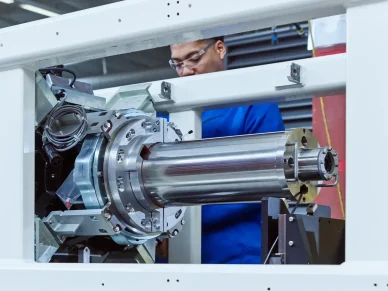


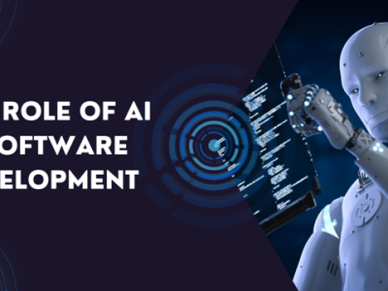

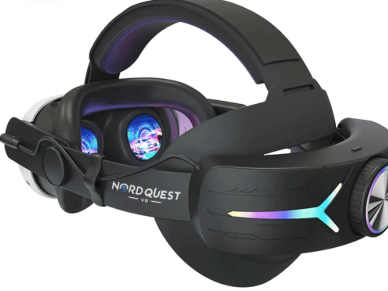
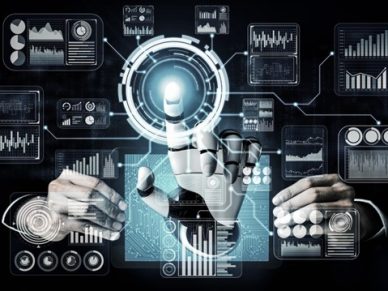

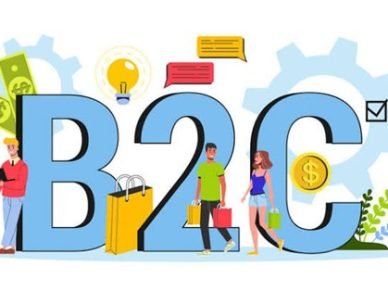
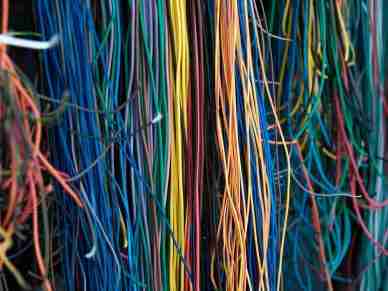

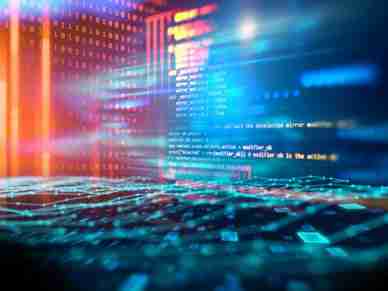




Leave a Reply